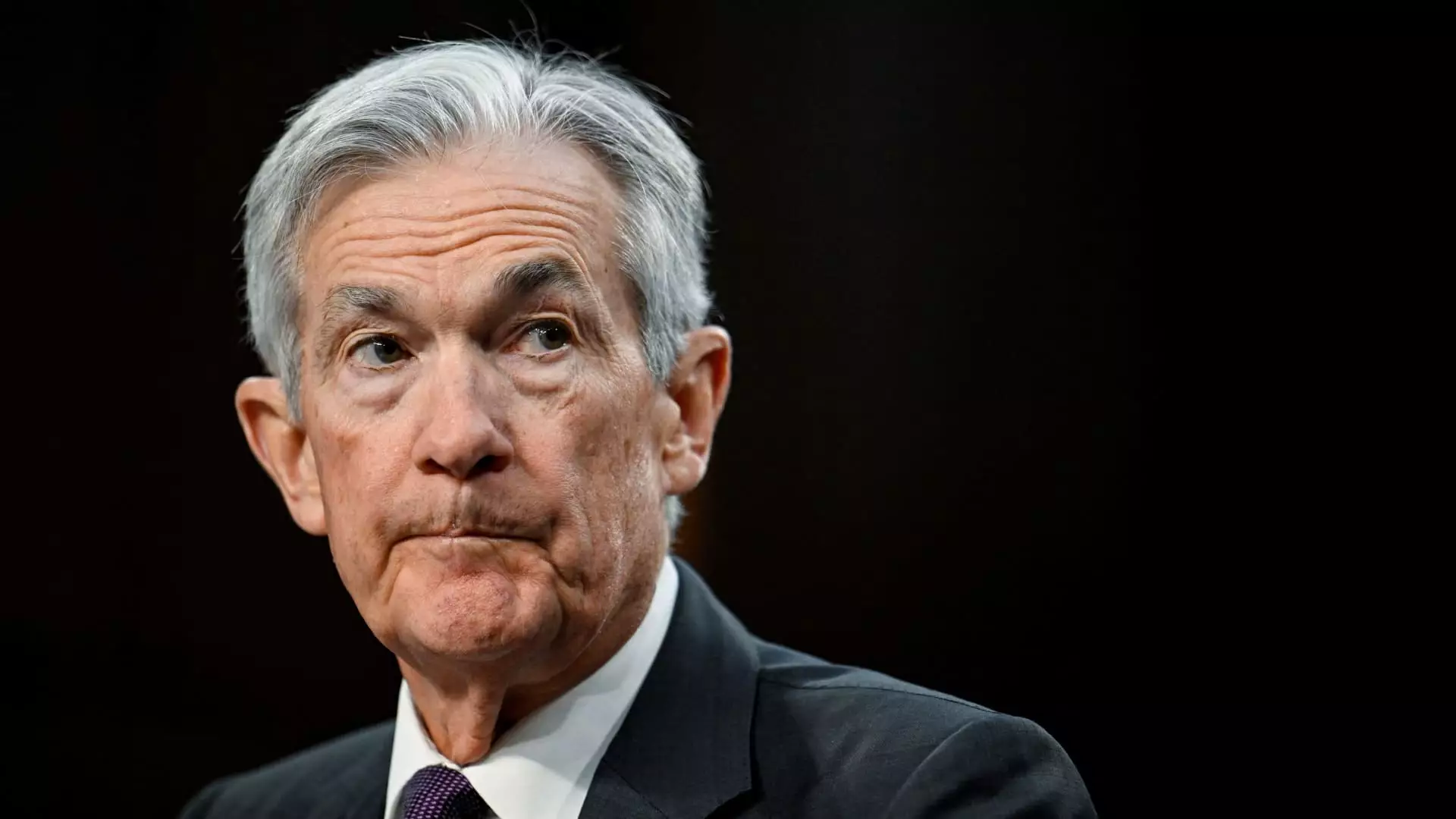In the ever-evolving landscape of the global economy, Federal Reserve policymakers find themselves grappling with an array of complex challenges. While there is a prevailing narrative that the monetary policy is “well-positioned” to respond to fluctuating economic conditions, a deeper analysis suggests that the Fed is somewhat static, unable to decisively maneuver amidst overwhelming uncertainties. Recent discussions among officials highlight an ambivalence about the economic environment characterized by potential risks related to trade, immigration, and various regulatory policies. Such uncertainties not only complicate decision-making processes but also create a precarious situation where the Fed must adopt a cautious approach.
The most recent remarks from Atlanta Fed President Raphael Bostic encapsulated this sentiment perfectly. In his writings, he acknowledged the mixed signals emanating from different sectors—banks stir enthusiasm over prospective policy changes, while looming apprehensions about trade-offs prominently affect overall economic sentiment. Bostic emphasized that this duality complicates the policymaking process, thus necessitating a “humble” approach in the face of ambiguity. This complex backdrop leaves policymakers reconsidering their strategies as they await clarity in an increasingly intricate landscape.
The uncertain economic climate has far-reaching implications for both employment and inflation, two pivotal areas where the Fed’s initiatives have traditionally focused. As the job market remains relatively stable, inflation dynamics add another layer of complexity to the narrative. Recent pronouncements reflect a cautious but watchful eye on inflation trends, which, while continuing to trend downwards in the short term, could potentially rebound if business and consumer sentiment falters due to impending tariffs and their respective impacts.
The Fed has consistently targeted a 2% inflation rate as its goal, yet this objective has proved elusive in recent years. St. Louis Fed President Alberto Musalem recently expressed a skew towards higher inflation risks, positing that if monetary policy remains “modestly restrictive,” there may be a slow convergence towards the desired target. His assessment underscores the Fed’s commitment to maintaining strategic caution while also acknowledging the possible existence of scenarios that could lead to prolonged inflationary pressures—a reality that needs to be factored into future policy considerations.
Concerns about financial stability are intertwined with broader reflections on interest rates and their trajectory. As some Fed officials express hesitancy about rate adjustments, the overall climate pushes for a careful evaluation of potential inflationary pressures versus the necessity of maintaining economic stability. Remarks from Chicago Federal Reserve President Austan Goolsbee indicate a nuanced understanding of the relationship between tariffs and potential economic shocks. His assessment accentuates the need for officials to remain vigilant and responsive to unfolding global dynamics that could disrupt market equilibrium.
The January meeting minutes illustrated the Fed’s desire for further progress in stabilizing inflation before considering rate adjustments. With many variables at play, there remains a persistent focus on achieving economic stability before any significant changes are implemented. This prudent approach resonates with concerns regarding the broader impact of financial leverage and the notable risks surrounding long-duration debt held by institutions. These challenges present an imminent threat that could lead to adverse outcomes if not managed effectively.
Prominent economists have voiced concerns regarding the vulnerability of the U.S. bond market, long considered a cornerstone of economic stability. As we draw closer to potential market shifts, experts like Mark Zandi have emphasized the fragility of this sector, highlighting the risk of a significant sell-off within the next year. The prevailing sentiment suggests a cautious outlook, as recent market dynamics reflect deeper issues with liquidity and overall market health.
Zandi’s observations serve as a clarion call to policymakers, asserting that the Fed is unlikely to pursue rate cuts until clearer visibility on inflation emerges. Current market expectations, which seem to anticipate potential cuts, may be overly optimistic in light of the numerous economic uncertainties. Until a stable environment is established, it is crucial for the Fed to act judiciously and remain committed to its objectives, particularly in light of fluctuating trade policies and pending legislative changes.
The Federal Reserve finds itself navigating turbulent waters, marked by heightened uncertainty and potential risks. As policymakers deliberate on optimal strategies in a climate of complexity, it becomes increasingly evident that caution and humility must underpin their decisions. Foreseeing potential pitfalls while aiming for a stable economic trajectory will be paramount. The ultimate goal remains clear: maintaining stability while managing the impending shocks that could reshape economic landscapes. As they tread this careful path, the Fed’s deliberations will undoubtedly shape the future trajectory of the U.S. economy, affecting businesses, consumers, and markets alike.


Leave a Reply